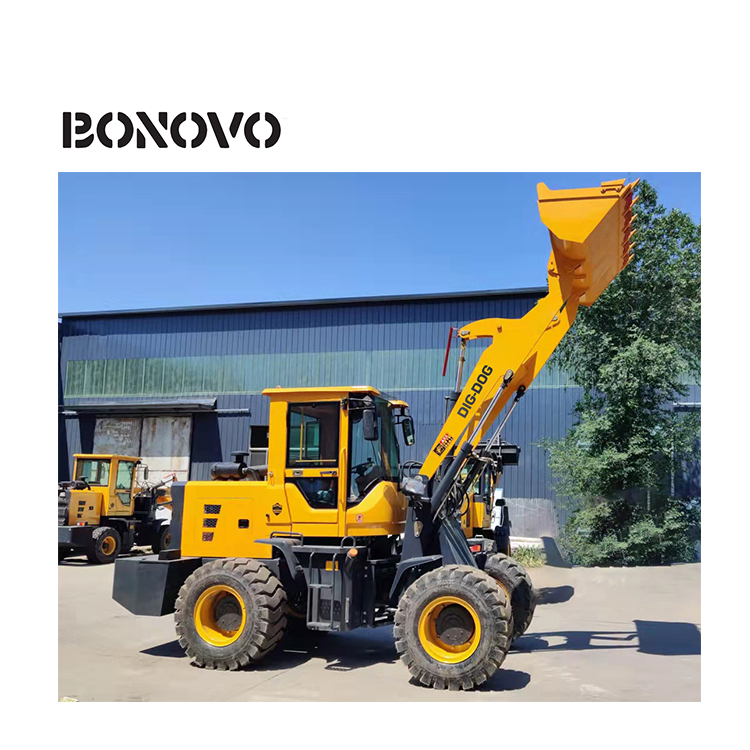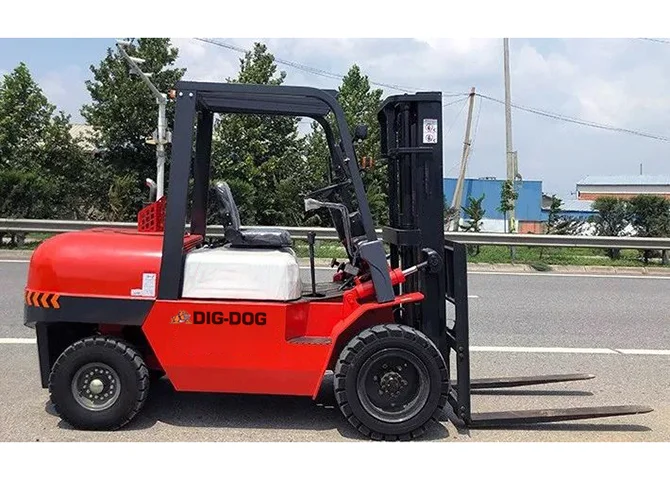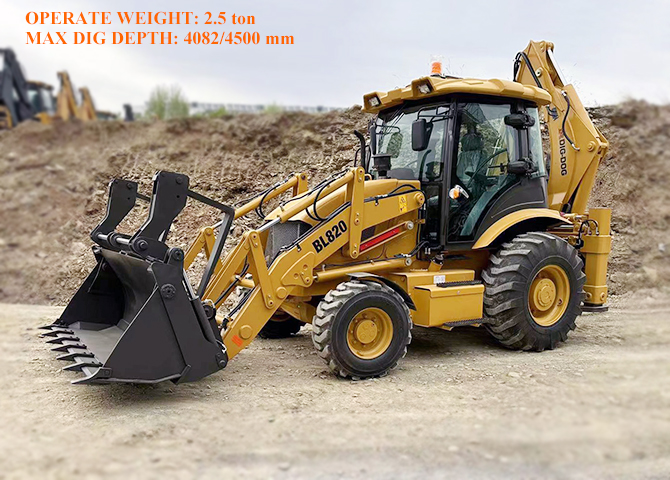Compact wheel loaders are not just one-dimensional loaders in small material yards. Their design enables them to maneuver in tight Spaces with minimal damage to lawns, pavements or other sensitive surfaces, making them ideal for a variety of applications from landscaping to highway construction.
There are many manufacturers offering products in a variety of sizes, and several factors should be considered when choosing the right loader to meet the specific needs of your operation. The scope of application of the equipment is determined first, it added, adding that key metrics such as operating weight, operating range, bucket leakage, lifting capacity, bucket capacity and traction are critical to the formula.
Knowing your specific needs before buying can ensure that your machine is the most effective and efficient for your operation.

Buckets and forks are still the main accessories of compact wheel loaders. The operation capacity of the machine is measured in terms of a full turn of tipping load. The weight of handling determines the size of the loader required.
You shouldn't automatically go for the biggest or the smallest because they may not fit and ultimately affect productivity and efficiency; You'll be disappointed. The size of the machine and its environment should be taken into account. For example, if a loader moves products from the inside of a facility to the outside, or vice versa, you must ensure that doorways and floor space allow for safe, efficient movement. In some cases, wheel loaders are usually more efficient and productive in terms of speed and maintenance.
If you're debating whether to buy a wheel loader or a compact track loader, wheel loaders are usually faster. If you have to move material any distance to increase production, it's easier to move because you can often drive the material from one location to another instead of loading and transporting it by trailer. In this case, consider wheel loaders with highway gear options. If you always work on concrete and/or asphalt, a loader is also a better choice because it has less tire wear than a compact track loader.
Ease of maintenance should be a major factor in the decision. It must be considered carefully because it affects the total cost of ownership. Without a proactive approach to maintenance, the cost of repairing a machine quickly increases, cutting into profitability.
Routine maintenance of all the latest dig-Dog loaders is easy as the hood opens overhead and allows access to critical checkpoints. Grease spots are also readily available.
When looking at the loader brand, the questions to ask should be: Is the part ready to use; Ease of maintenance of machinery or parts replacement; Can you do it yourself, or do you need help from a dealer?
There are other important questions to ask, like should I buy new or used? It depends on your budget. New machines may have lower upfront maintenance and repair costs, while older machines have lower entry costs but may require faster repairs. If you are looking for a lower cost and are able to find a used machine that is well maintained, then this may be a good option.
If you only need a machine occasionally or for a short period of time, and you can't justify the cost of the machine, the additional cost of transporting the truck and trailer, the maintenance and insurance costs, then leasing may be a good option.
Bonovo Professional Sales Manager can help you determine which Dig-Dog compact wheel loader is right for you.
We work together here to help you find the best match. If there is a problem, we encourage customers to call us to schedule a meeting or demonstrate the machine.
 A Ultimate Guide to Clamp Forklifts and Attachments
A Ultimate Guide to Clamp Forklifts and Attachments
 How To Choose The Right Compact Wheel Loader
How To Choose The Right Compact Wheel Loader
 How Much Does a Forklift Weigh?
How Much Does a Forklift Weigh?
 How Much Does a Backhoe Weigh
How Much Does a Backhoe Weigh